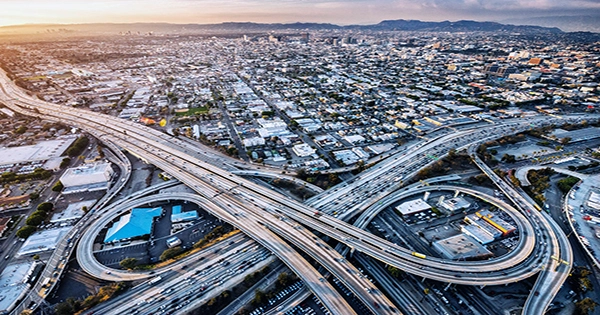Infrastructure refers to a company’s, region’s, or country’s core physical systems. These systems are typically capital-intensive and high-cost investments, yet they are critical to a country’s economic growth and success. In terms of economics, infrastructure frequently entails the production of public goods or the support of natural monopolies. Transportation systems, communication networks, sewage, water, and electric systems are all examples of infrastructure. Infrastructure improvement projects can be supported in a variety of ways, including publicly, privately, or through public-private partnerships.
Contemporary infrastructure discussions usually focus on sustainable development and green infrastructure, especially in light of the significant social adjustments required to counteract and adapt to climate change. Recognizing the importance of sustainable infrastructure, the international community has formed policies focusing on it through the Sustainable Development Goals, particularly Sustainable Development Goal 9 “Industry, Innovation, and Infrastructure.”
The following are some of the infrastructure classifications:
IT Infrastructure: Because of the vital function that many technical systems, such as networking equipment and servers, play inside specific business contexts, they are frequently referred to as infrastructures. Many firms struggle to communicate and move data in a way that increases workplace productivity without adequate information technology (IT) infrastructure. Many business functions cannot be completed if the IT infrastructure fails.
Infrastructure as an Asset Class: Infrastructure is also a less volatile asset class than equities in the long run, with a greater yield. As a result, some businesses and individuals prefer to invest in infrastructure funds with defensive features, such as transportation and water infrastructure funds.
Infrastructure Investment by the Private Sector: As part of a commercial expansion strategy, private corporations may choose to invest in a country’s infrastructure development. An energy corporation, for example, might construct pipelines and railways in a country where it wishes to refine petroleum. This investment has the potential to benefit both the business and the country.
Cintra and the City of Chicago signed a 99-year contract in 2004 to manage and maintain the Chicago Skyway Bridge. Cintra will get all toll and concession revenue generated by the bridge under the terms of the agreement, while the city will receive a $1.82 billion cash infusion and will no longer be responsible for its maintenance.
Sustainable: Sustainable infrastructure refers to the design and building methods that consider the influence on the environment, economy, and society. Several aspects of sustainable schemes are covered in this section, including materials, water, energy, transportation, and waste management infrastructure. There are other things to consider, but they will not be discussed in this section.
Complementary: Light trains, tramways, and gas/electricity/water delivery are examples of complementary infrastructure. Complementing something means bringing it to its full potential or completing it. Complementary infrastructure is concerned with the small details of engineering that make living easier and more efficient. They are required to assure the successful use and marketing of a completed product, such as road bridges. Other examples include lighting on sidewalks, planting around buildings, and pedestrian-friendly seating.
















